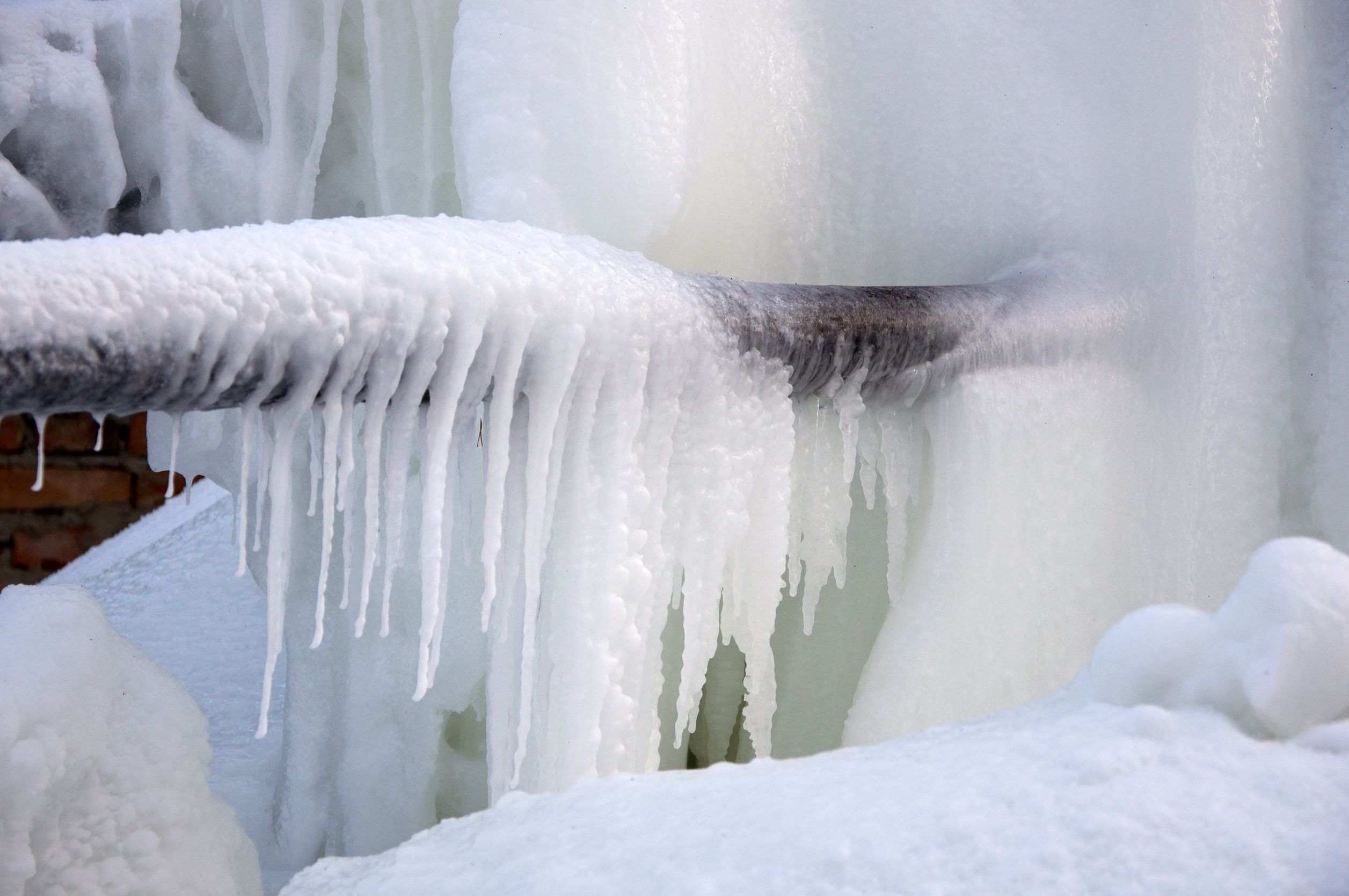Protect Against Frozen Pipes in Winter: Expert Advice
Protect Against Frozen Pipes in Winter: Expert Advice
Blog Article
What are your ideas on How to Prevent Your Pipes From Freezing?
.jpg)
Cold weather can damage your plumbing, particularly by freezing pipelines. Here's just how to avoid it from occurring and what to do if it does.
Introduction
As temperature levels decline, the risk of frozen pipelines increases, potentially leading to expensive repairs and water damages. Recognizing just how to stop frozen pipes is vital for house owners in cold climates.
Prevention Tips
Insulating vulnerable pipelines
Wrap pipelines in insulation sleeves or make use of warmth tape to protect them from freezing temperature levels. Concentrate on pipelines in unheated or outside locations of the home.
Home heating methods
Maintain indoor rooms effectively warmed, especially locations with pipes. Open cabinet doors to permit warm air to circulate around pipes under sinks.
How to determine icy pipes
Try to find decreased water flow from taps, uncommon smells or noises from pipelines, and visible frost on revealed pipelines.
Long-Term Solutions
Structural modifications
Think about rerouting pipelines away from outside wall surfaces or unheated areas. Include added insulation to attic rooms, cellars, and crawl spaces.
Updating insulation
Purchase high-quality insulation for pipelines, attic rooms, and walls. Correct insulation aids keep consistent temperatures and lowers the threat of icy pipes.
Securing Exterior Plumbing
Yard tubes and outdoor faucets
Detach and drain pipes yard tubes prior to winter months. Mount frost-proof faucets or cover outdoor taps with protected caps.
Understanding Icy Pipes
What causes pipes to ice up?
Pipelines ice up when exposed to temperatures below 32 ° F (0 ° C) for extended durations. As water inside the pipelines ices up, it increases, putting pressure on the pipe wall surfaces and potentially creating them to break.
Threats and problems
Frozen pipelines can cause supply of water interruptions, residential property damage, and pricey fixings. Burst pipelines can flood homes and trigger extensive architectural damages.
Indications of Frozen Pipes
Determining frozen pipelines early can stop them from bursting.
What to Do If Your Pipes Freeze
Immediate actions to take
If you presume icy pipelines, maintain taps open up to ease pressure as the ice thaws. Use a hairdryer or towels soaked in hot water to thaw pipelines gradually.
Conclusion
Protecting against frozen pipelines needs positive actions and fast actions. By comprehending the reasons, indications, and safety nets, homeowners can safeguard their plumbing during cold weather.
5 Ways to Prevent Frozen Pipes
Drain Outdoor Faucets and Disconnect Hoses
First, close the shut-off valve that controls the flow of water in the pipe to your outdoor faucet. Then, head outside to disconnect and drain your hose and open the outdoor faucet to allow the water to completely drain out of the line. Turn off the faucet when done. Finally, head back to the shut-off valve and drain the remaining water inside the pipe into a bucket or container. Additionally, if you have a home irrigation system, you should consider hiring an expert to clear the system of water each year.
Insulate Pipes
One of the best and most cost-effective methods for preventing frozen water pipes is to wrap your pipes with insulation. This is especially important for areas in your home that aren’t exposed to heat, such as an attic. We suggest using foam sleeves, which can typically be found at your local hardware store.
Keep Heat Running at 65
Your pipes are located inside your walls, and the temperature there is much colder than the rest of the house. To prevent your pipes from freezing, The Insurance Information Institute suggests that you keep your home heated to at least 65 degrees, even when traveling. You may want to invest in smart devices that can keep an eye on the temperature in your home while you’re away.
Leave Water Dripping
Moving water — even a small trickle — can prevent ice from forming inside your pipes. When freezing temps are imminent, start a drip of water from all faucets that serve exposed pipes. Leaving a few faucets running will also help relieve pressure inside the pipes and help prevent a rupture if the water inside freezes.
Open Cupboard Doors
Warm your kitchen and bathroom pipes by opening cupboards and vanities. You should also leave your interior doors ajar to help warm air circulate evenly throughout your home.

Hopefully you liked our part about How to prepare your home plumbing for winter weather. Thank you for taking a few minutes to read our blog. Please take a moment to distribute this article if you liked it. Thank-you for your time invested reading it.
Call Today Report this page